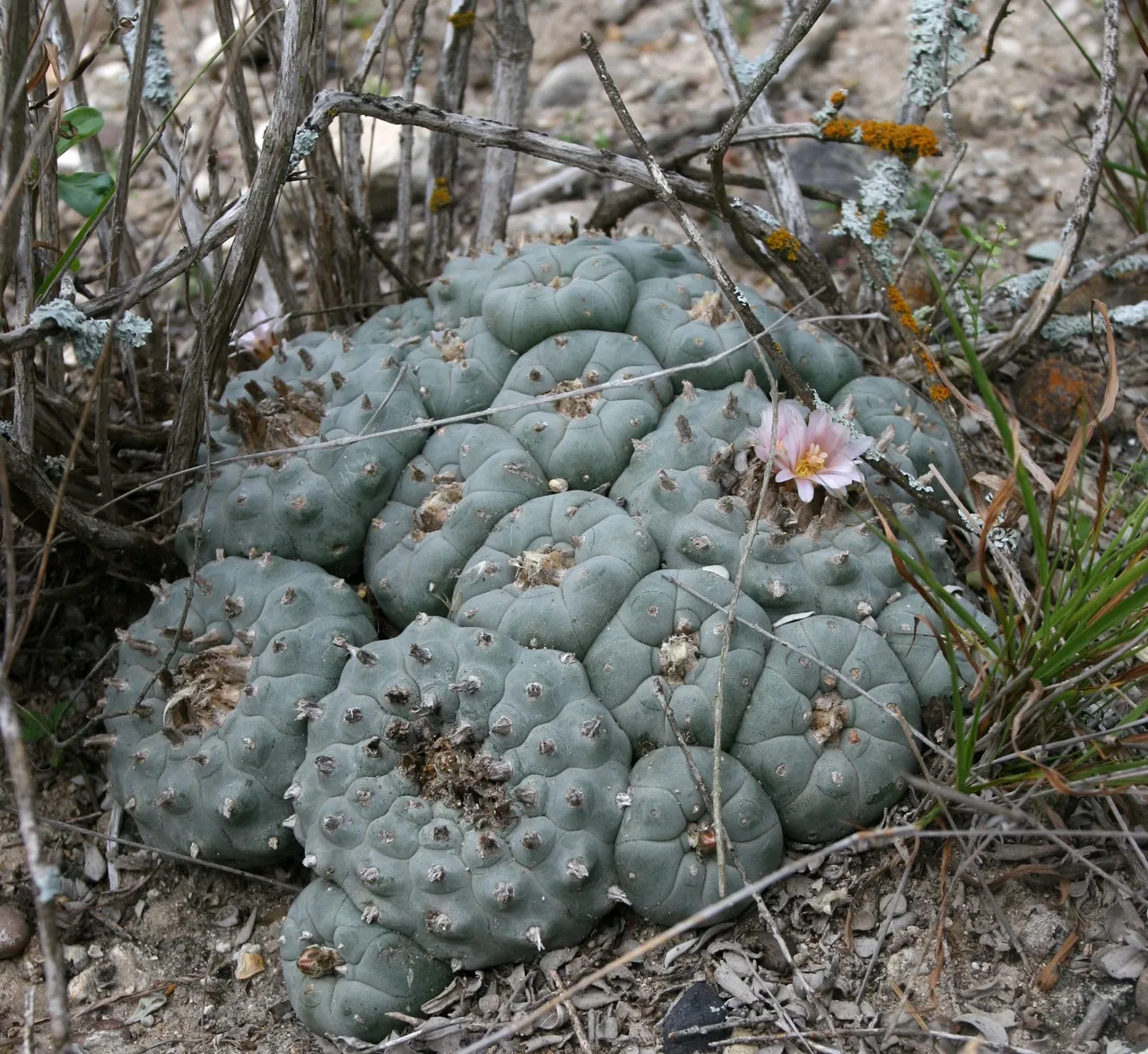For the Aztecs, hallucinogens were a sacred food that they identified as meat or food of the gods, which provoked hallucinations and visions of the deities they venerated. Although it is thought that the consumption of peyote (lophophora williamsii) is more than 200 years old, the first historical reference appears in the 15th century, from the Sahagún pen, which tells how this cactus, under the name of peiotl, was used by the chichimaca. This does not mean that at that moment it was this tribe that exclusively used this drug or that they were the ones who had discovered its use. Probably at this time it was already used by most of the tribes that had cactus in their land. So the use of it in ceremonies and rituals would have been the result of the appearance of all of them together.

Mescaline is a natural constituent of certain cactus species that grow in arid regions of the American continent.
[Source: Personal file]https://img1.steemit.com/150x150/
[Source: Personal file]https://img1.steemit.com/150x150/

Mescaline is an alkaloid of the group of phenylethylamines with hallucinogenic properties. Its systematic name is 2- (3,4,5-trimethoxyphenyl) ethanamine, but it is also known as 3,4,5-trimethoxy-β-phenylethylamine. Culturally, its importance is limited to the entheogenic effects it generates in people; nevertheless, it has possible medical applications of great relevance in fields such as psychology and psychiatry, as well as in the molecular investigation of the etiological mechanisms of schizophrenia.


